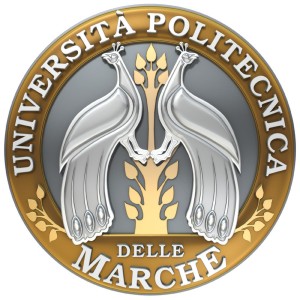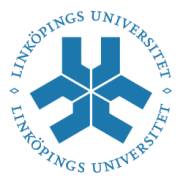Catalan Institute of Nanotechnology, Spain
Contact :
Clivia Sotomayor Torres
clivia.sotomayor@icn.cat
The Catalan Institute of Nanotechnology (ICN), created in 2003, is a research centre of the Generalitat de Catalunya. ICN has currently about 140 people among researchers, technical support and administration. The research fields in progress in the Institute cover new material properties resulting from their aggregation at the nanometric scale; the development of methods for nanofabrication, growth, analysis, characterisation and manipulation of aggregates and structures of nanometric dimension for nanoelectronics, NEMS, Spintronics, nanophotonics and nanophononics. The Photonic and Phononic Nanostructures (P2N) group installed in July 2008 and now 15-strong, is led by Prof. Clivia Sotomayor Torres.
Current activities of the P2N in nanophononics include studies based on phonon confinement, nanoscale heat transport and phononic crystals in semiconductor, organic and oxide nanostructures. The group is constantly developing novel approaches and methods for nano-scale device-relevant research. It has pioneered research in nanofabrication (nanoimprint lithography, self-assembly and others) to realise 3D nanostructures. The main expertise relevant to this projects includes:
- Heterogeneous integration of hybrid and organic-inorganic nano- and micro-devices on Si.
- Expertise in nanofabrication of sub 20 nm periodic structures in the plane and in 3D. Expertise in self assembly on patterned substrates
- Methods for nanometrology of self-assembled nanostructures, eg., to quantify order.
- Development of theoretical models and simulation tools to calculate thermal conductivity in ultrathin membranes and bi-layer thin films.
- State-of-the-art Brillouin/Raman scattering and time-resolved photo-acoustic techniques to measure mechanical, elastic and thermal properties.
Role in NANO-RF:
ICN will lead WP5 on Demonstrators and System Integration and T5.2 on fabrication and tests of the demonstrator. It will furthermore work in T3.3 supporting TRTin the process development for CNT FET fabrication, in T3.4 characterising CNT structures properties responsible for switching, in T3.7 supporting with process compatibility of CNT for interconnects and in T5.1 contributing to the design strategy of the transmitter/receiver demonstrator.
Laboratory Resources:
The Phononic and Photonic Nanostructures Group resources include characterisation equipment suitable for nmscale samples and structures for optical, electrical, acoustic, elastic and mechanical properties. A detailed list of laboratory facilities and equipment can be found at www.icn.cat/~p2n/labtour. In terms of computer facilities several in-house and commercial programs are used for simulations of phonon or electrons (DFT, FDTD) in addition to in-house analytical techniques. The ICN counts with a Nanofabrication Division (Head Dr N. Kehagias) suitable for processing hybrid structures and an Electron Microscopy Division (Head Dr. B Ballesteros) which include tomographic capabilities.
Key personnel:
Prof Dr Clivia M Sotomayor Torres obtained her PhD in Physics in 1984 from the University of Manchester, UK. She currently holds a research professorship funded by the Catalan Institute of Advanced Studies and Research (ICREA). She carries out research in the field of science and engineering of phononic nanostructures, especially novel lithography methods for their realisation, such as nanoimprint lithography. She has authored and or co-authored over 350 scientific articles and edited six books. She has participated in several EU project, eg, NANOPACK, NoE PHOREMOST, PHAT, TAILPHOX, NANOPOWER, the IPs NaPa and NAPANIL. She coordinates the EU project NANO-TEC and the Spanish CONSOLIDER project on nanoscale thermoelectricity “nanoTHERM”. In her group, collaborating with the Nanofab. Div. experimental and technology development is carried out by Drs F Alsina, J Gomis, N. Kehagias, W Khunsin and A Francone. All supported by Dr L Schneider, Senior Laboratory Engineer.





